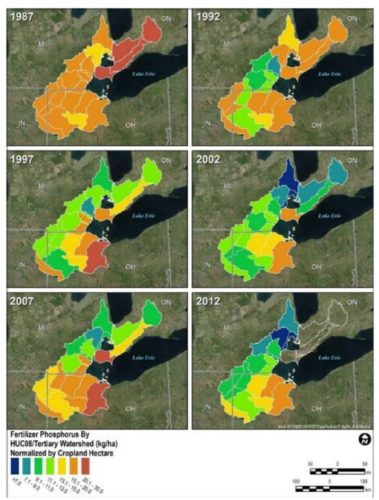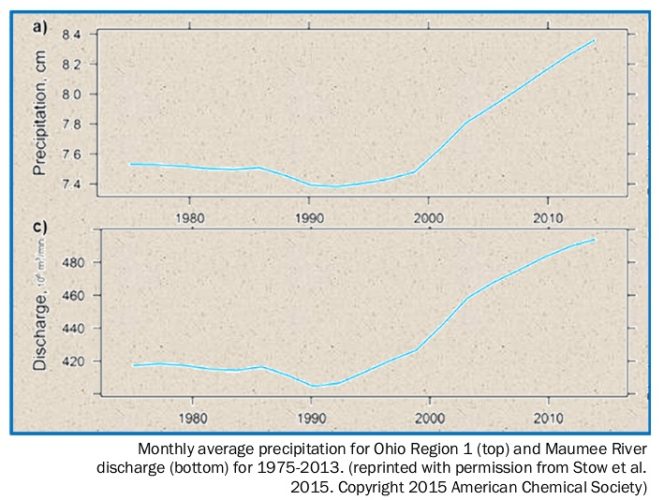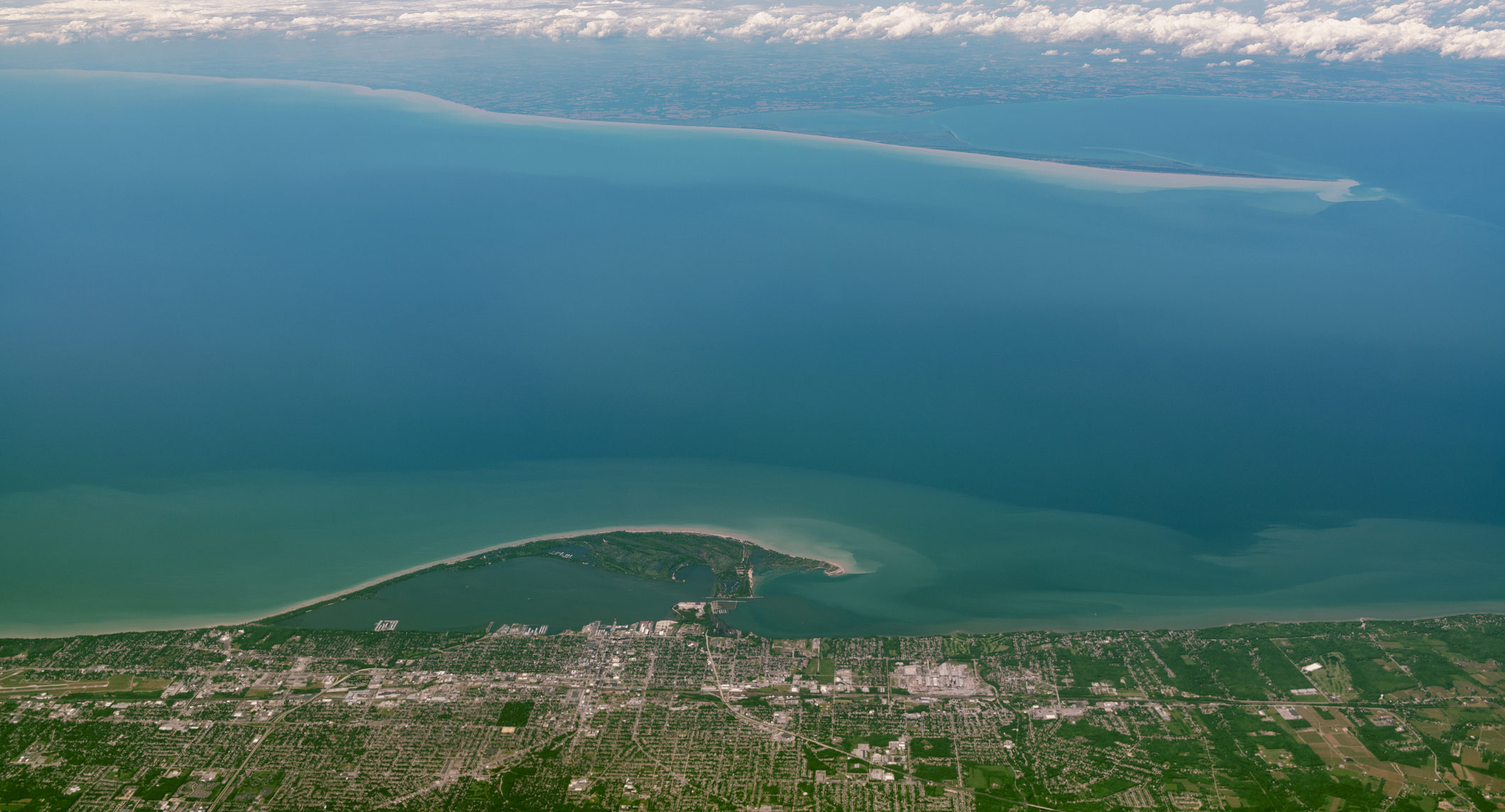Today, the International Joint Commission (IJC) released its report, Fertilizer Application Patterns and Trends and Their Implications for Water Quality in the Western Lake Erie Basin, which analyzes existing data on phosphorus transmission to Lake Erie.
The report has concluded that commercial fertilizer and manure applications are the largest sources of excess phosphorus into the western basin of Lake Erie. The IJC’s Science Priority Committee completed the assessment to better understand the influence of past, current, and possible future nonpoint agricultural runoff of phosphorus into western Lake Erie, and the sources’ potential to cause eutrophic conditions and nuisance and harmful algal blooms (HABs).

Overall, the data found that commercial fertilizer in agricultural uses is the primary source of phosphorus entering the western basin overall, and in the United States. In Canada, manure and commercial fertilizer were found to be relatively equal sources.
The report was somewhat limited in its analysis by data constraints, having ““inherent problems and limitations” and requiring “higher temporal and spatial resolution,” said Dr. Michael Murray, one of the primary authors of the report, and a staff scientist at the National Wildlife Federation, in an IJC media presentation. According to Murray, “all of these data were drawn from censuses.” As such, the most recent comparable binational data are from 2006-2007.

Further, there are no well-established methods for distinguishing phosphorus loads from fertilizer versus manure in the laboratory. This led Murray and Dr. J. David Allan, another author of the report and professor emeritus at the University of Michigan, to call for more specific fertilizer sales and application data, as well as manure generation and application data. “Monitoring data are absolutely critical in many ways,” said Allan, and the ability of scientists to track phosphorus transmission depends on the depth of data. As such, Allan stressed the need for “higher resolution surveys” of the agriculture sector to improve data quality.
The analysis also showed that excess phosphorus from fertilizer application that is stored in agricultural soils and nearby ditches, buffer zones, and wetlands has the potential to contribute the nutrients for years or even decades. “Even a small leakage of excess phosphorus may be sufficient to contribute to algal blooms,” the report said. Fortunately, the study found that at the watershed scale, fertilizer application has been roughly balanced by phosphorus removal in harvested crops, since the 1980s. “It’ll be necessary to implement a wide range of strategies” in order to achieve phosphorus runoff reduction goals, said Allan.

An important question that doesn’t have a complete answer, yet, is how to root out the sources of nonpoint source phosphorus said Allan and Murray. One mechanism that was apparent to the researchers was the expansion of conservation tillage, which correlated with the rise of phosphorus entering the lake. “Conservation tilling is a success story, said Allan, “but there appear to be unintended consequences.” One unintended consequence is the increased export of reactive dissolved phosphorus. This led to Allan calling for a new kinds of best management practices. Specifically, the researchers recommended that the 4R nutrient management program for fertilizer application be expanded and evaluated for its effectiveness in order to develop new approaches.
Climate change will also continue to influence the rate of phosphorus entering Lake Erie. Years of high precipitation and warmer water temperatures can result in larger discharges of phosphorus from agricultural lands and faster development of HABs, as well as longer recovery timeframes. Changes to mechanisms due to the climatological changes, are another area that the IJC researchers have pointed to as requiring additional monitoring.

As a binational organization created by Canada and the United States under the Boundary Waters Treaty of 1909, the International Joint Commission serves as an independent assessor of the progress made by the two governments to achieve the objectives of the Great Lakes Water Quality Agreement.
For more information, see the full report.









